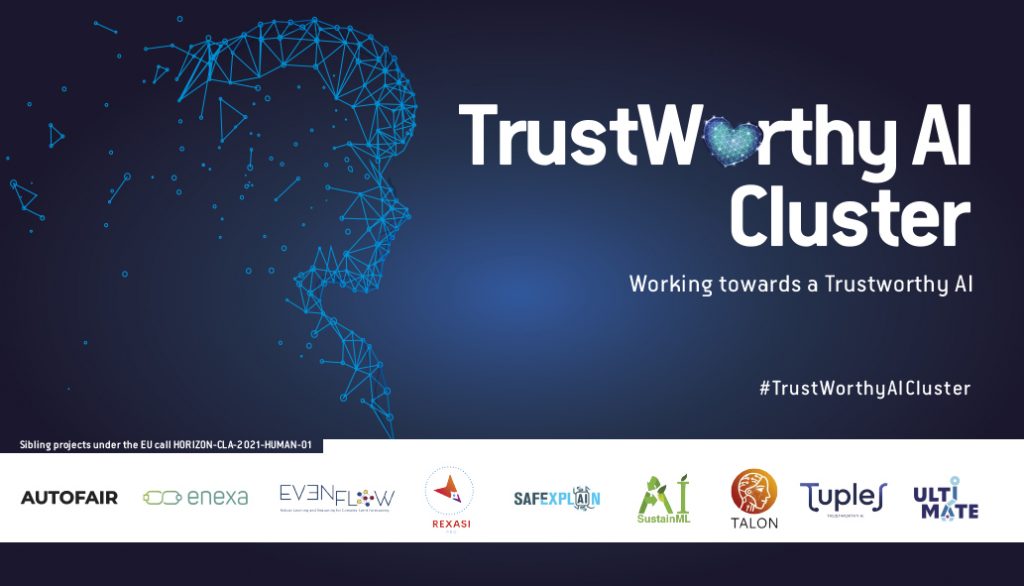
Artificial intelligence (AI) has significantly accelerated in the last decade due to different concurrent technological advances. However, despite this success, calls are made to develop a science dedicated to studying machine behaviour. One of the main drawbacks is the intrinsic complexity of AI, creating obstacles to realising public trust. Regarding increasing the autonomy levels of digital systems, eXplainable AI (XAI) constitutes the correct answer to reliability, explainability, and robustness requirements. This significantly impacts smart mobility scenarios, where canonical mathematical modelling of performance (e.g., collision avoidance, smoothness of trajectories, safe navigation in crowded environments) may be arduous. Methods, tools, ideas, or even market evaluations are of interest to contribute to the future roadmap of eXplainable AI in smart mobility. We welcome papers combining explainable machine learning, deep learning, formal logic and other data-driven approaches with performance guarantees. Requirements of real-world scenarios are welcome. Technically sound empirical experiences, scientifically founded innovative and speculative research lines, and tutorial dissertations are also relevant. Particular interest is devoted to funded research projects involving trustworthiness and explainability. An example is REXASI-PRO and its sibling projects, from which contributions are invited for the intersection of XAI and smart mobility.
Topics
| rule-based techniques for knowledge extraction in smart mobility |
| neuro-symbolic fusion (eg. DTs, fuzzy logic, boolean rules) for knowledge extraction in smart mobility |
| rules extraction from neural networks as planning or local mobility actuators |
| XAI methods for collision avoidance |
| XAI techniques for smoothness of trajectories |
| XAI for mobility in a crowded environment |
| global agonistic method for neural networks in drone footage |
| explainability for enhancing bias analysis, out-of-distribution detection, and data augmentation in smart mobility datasets |
| explainable autonomous driving |
| intersection of XAI and risk analysis of autonomous navigation |
| standardisation of XAI and business opportunities in smart mobility |
Supported by











